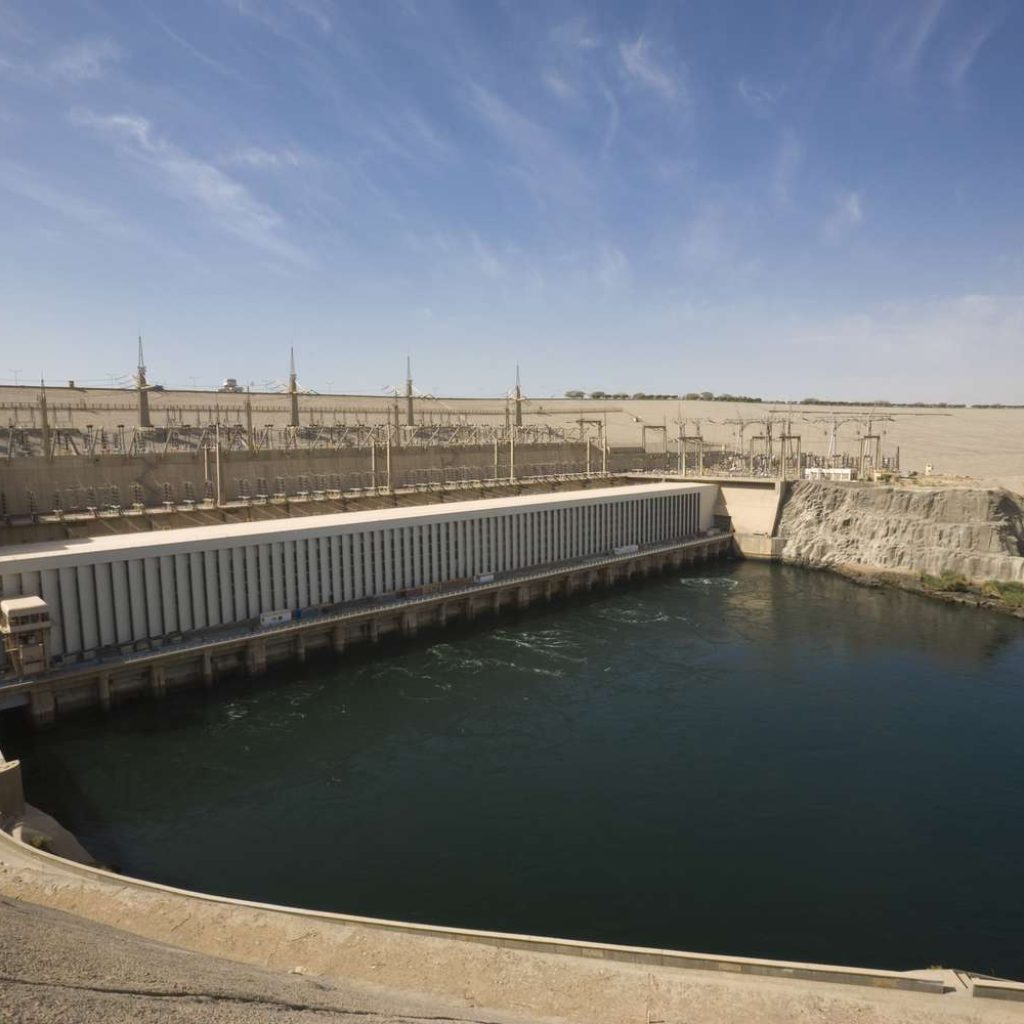Nestled on the majestic Nile River, the Aswan High Dam stands as a testament to human ingenuity and engineering prowess. Completed in 1970, this colossal structure has not only harnessed the power of the Nile but has also become a symbol of modern Egypt’s determination to control the forces of nature for the benefit of its people. The Aswan High Dam’s construction marked a pivotal moment in the nation’s history, addressing the longstanding challenges posed by the unpredictable flooding of the Nile and unlocking opportunities for sustainable development.
Historical Background:
The concept of a dam on the Nile dates back to the early 19th century, but it wasn’t until the mid-20th century that plans for the Aswan High Dam were set into motion. The primary objectives were flood control, irrigation, and the generation of hydroelectric power. The dam’s construction was a monumental task that required the relocation of ancient temples, including the famous Abu Simbel. Despite facing numerous technical and logistical challenges, engineers persevered, and the dam emerged as a testament to human determination and the melding of ancient history with modern progress.
Technical Marvel:
Standing at an impressive height of 111 meters and stretching over 3,830 meters in length, the Aswan High Dam is a marvel of modern engineering. Its construction involved the use of over 18 times the amount of material used in the Great Pyramid of Giza. The dam is composed of rocks and clay, with an impermeable core to prevent water seepage. The technical precision required to build such a massive structure in the challenging Nile environment underscores the engineering brilliance that went into creating a structure that has withstood the test of time.
Hydroelectric Power Generation:
One of the key benefits of the Aswan High Dam is its capacity to generate hydroelectric power. The dam’s power plant produces a substantial portion of Egypt’s electricity, reducing the nation’s dependence on non-renewable energy sources. This sustainable energy contribution has not only positively impacted the country’s economic development but has also positioned Egypt as a leader in utilizing renewable resources for power generation in the region. The dam’s turbines harness the energy of the flowing Nile, transforming it into electricity that powers homes, industries, and infrastructure across the nation.
Impact on Agriculture:
The dam has played a crucial role in transforming the arid lands surrounding the Nile into fertile agricultural areas. By regulating the river’s flow, the Aswan High Dam facilitates controlled irrigation, allowing farmers to cultivate crops more efficiently and ensuring a stable food supply for the growing population. The introduction of organized irrigation systems has led to increased crop yields, supporting both local subsistence farming and commercial agriculture. The Aswan High Dam, therefore, stands not just as an engineering feat but as a lifeline for the sustenance and prosperity of the Egyptian people.
Controversies and Challenges:
While the Aswan High Dam has brought numerous benefits, it has also faced criticism and challenges. The dam has altered the natural sediment flow of the Nile, affecting the fertility of downstream soil. Additionally, concerns about the dam’s impact on local ecosystems and historical sites have been raised. The decision to build the dam sparked both admiration and controversy, highlighting the delicate balance between development and environmental preservation. Ongoing efforts to address these concerns underscore the evolving understanding of the complex interplay between large-scale infrastructure projects and environmental sustainability.
Conclusion:
In conclusion, the Aswan High Dam stands as a monumental achievement in engineering and a cornerstone of Egypt’s development. Its multifaceted contributions, from flood control to sustainable energy generation, have significantly impacted the nation. As we marvel at this colossal structure, we are reminded of the delicate balance between harnessing nature for progress and preserving its inherent beauty and ecological harmony. The Aswan High Dam serves as an enduring symbol of human resilience and adaptability in the face of the challenges posed by the natural world.





Comment (0)